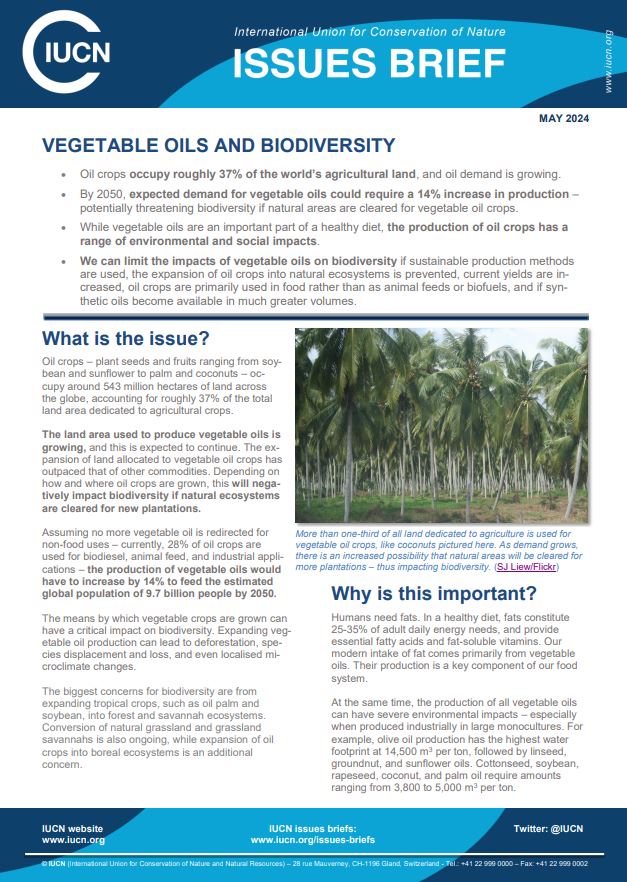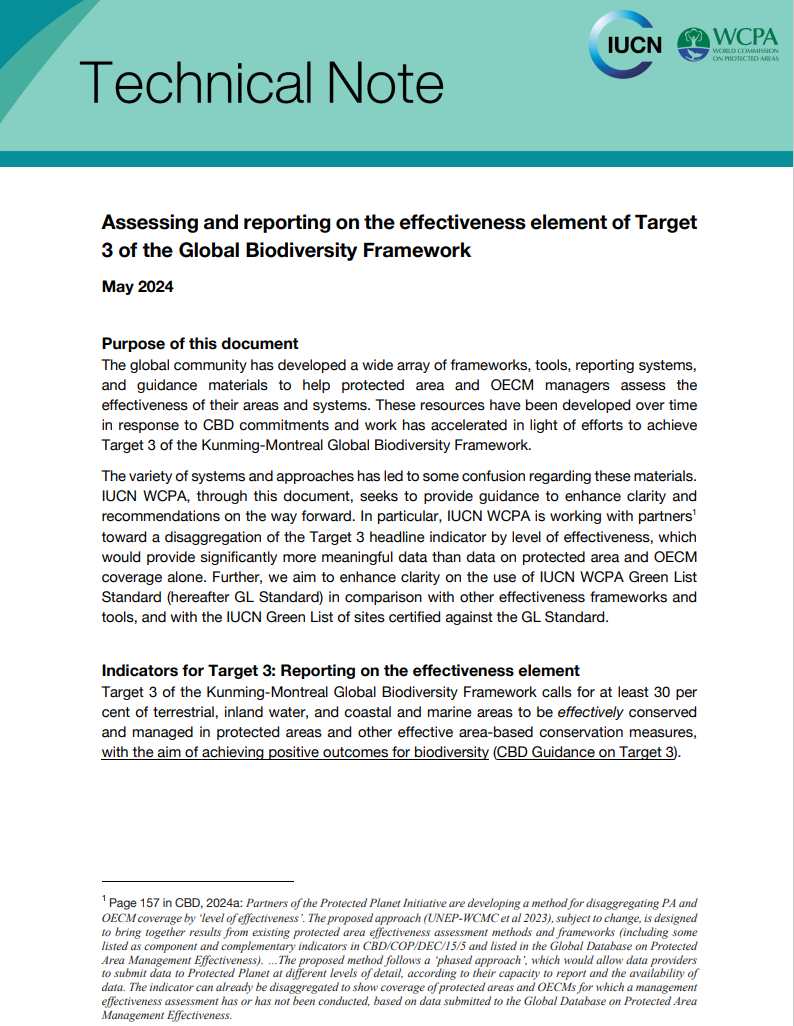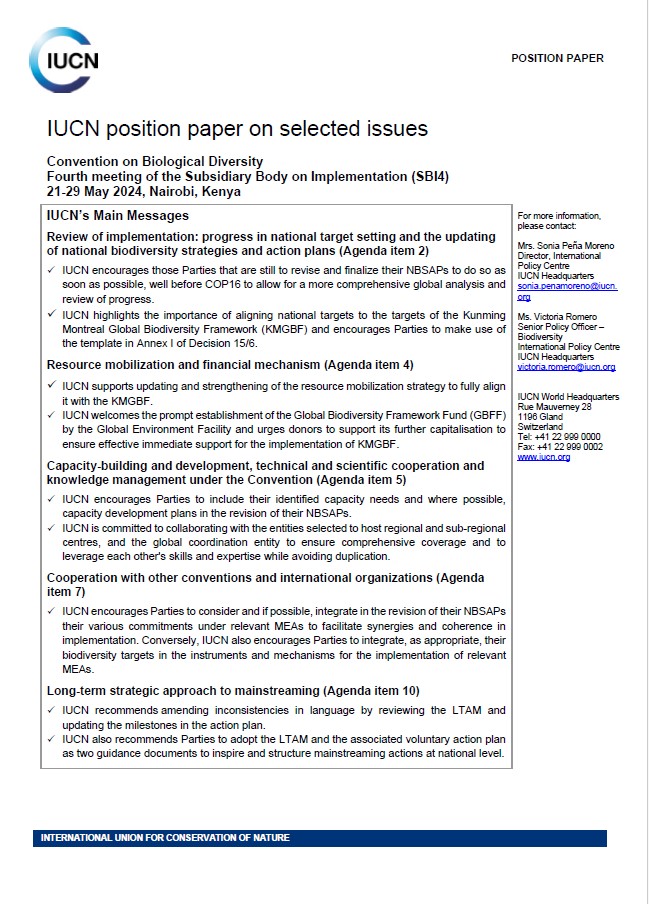What can be done?
Specific practices associated with how vegetable oils are grown and produced can be detrimental to biodiversity and the climate. Indeed, a consistent pattern emerges from scientific studies: The more intensive the land management – including monoculture practices, irrigation, and the absence of nearby natural vegetation – the lower the biodiversity. This pattern appears to hold true for all oil crops. In other words, production practices determine much of the impact on biodiversity.
While all oil crops take up land, they can also all be managed to reduce impacts on biodiversity. All stakeholders must balance how and where to best grow oil crops, who benefits from them, and how to minimise their impacts.
Practices matter: the impacts of vegetable oil crops on nature, and on communities, depend on how and where they are produced, financed, traded, speculated upon, and consumed. To minimise harm, stakeholders must focus on good practices along the value chain. Regenerative agriculture, agroforestry and agrochemical standards, as well as fair labour, are examples of good practices. In one case study in Indonesia, for example, leaving even a small number of natural trees among an oil palm plantation promoted biodiversity without significantly impacting overall oil yield.
Prevent expansion of oil crops into natural ecosystems: The increase in vegetable oil production needed to meet expected demand by 2050 may require millions of additional hectares of land. This demand can be met with less expansion into natural ecosystems, if:
- New policies require that no oil crop expansion results in the conversion of natural ecosystems.
- Synthetic oil becomes available. Synthetic oils can be a solution, but they will require a lot of feedstock (as the microbes need nutrients) and energy.
- Investment is made to boost yield in smallholders’ farms. There are at least 270 million smallholder farmers in Africa, Asia, and Latin America, producing over 70-80% of the world’s food supply. But due to their lack of economies of scale, low productivity, and limited know-how and means of production, the majority of those farmers live in poverty with low yields. Helping smallholders would also enhance diversified food systems, including more mixed cropping and agroforestry, for example, which present promising opportunities for vegetable oil production and biodiversity.
- The right investments are made. Investment is critical to meeting the growing need for vegetable oils, especially in Africa, where the fastest population growth and demand are projected. Banks and other stakeholders must start investing in well-managed, sustainably produced oil crops. At the same time, they must ensure that no oil crops are produced in natural ecosystems or are associated with human rights abuses.
- Less oil crop production goes to meat production (5%) or biofuel (16%). This would require alternative animal and energy feedstock as well as reduction in meat and energy consumption.
The right to know: Concerned consumers have the right to know about the impact of the oils they consume. Objective guidance for oil consumers and investors is, however, often lacking. Improving traceability and transparency enables informed decision-making and helps hold producers, investors, and buyers accountable.








